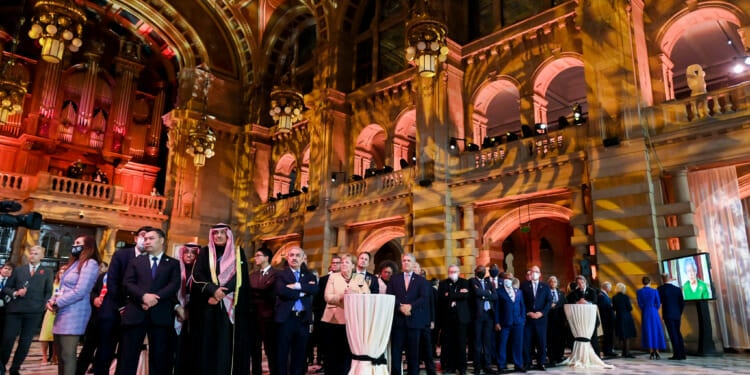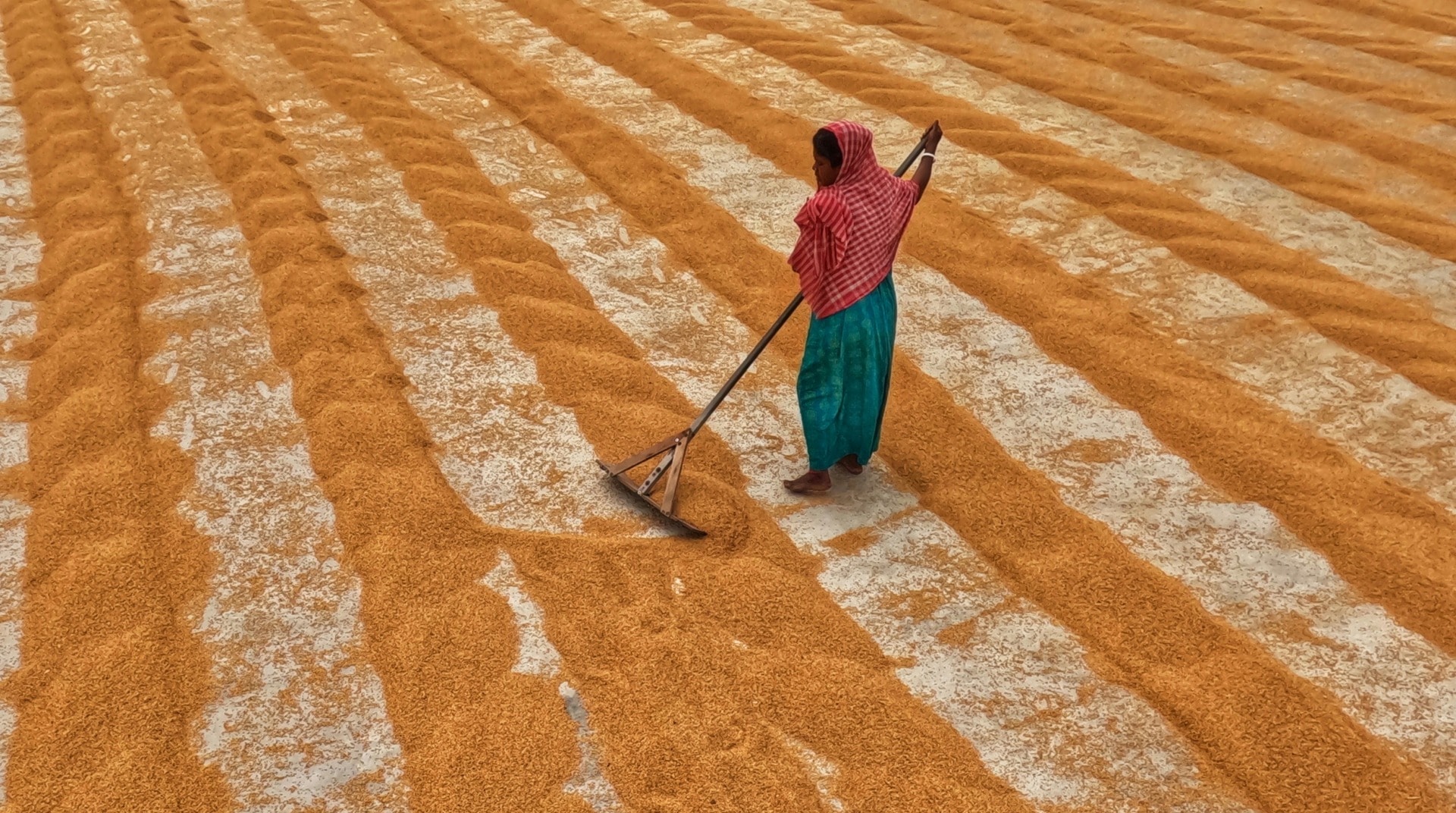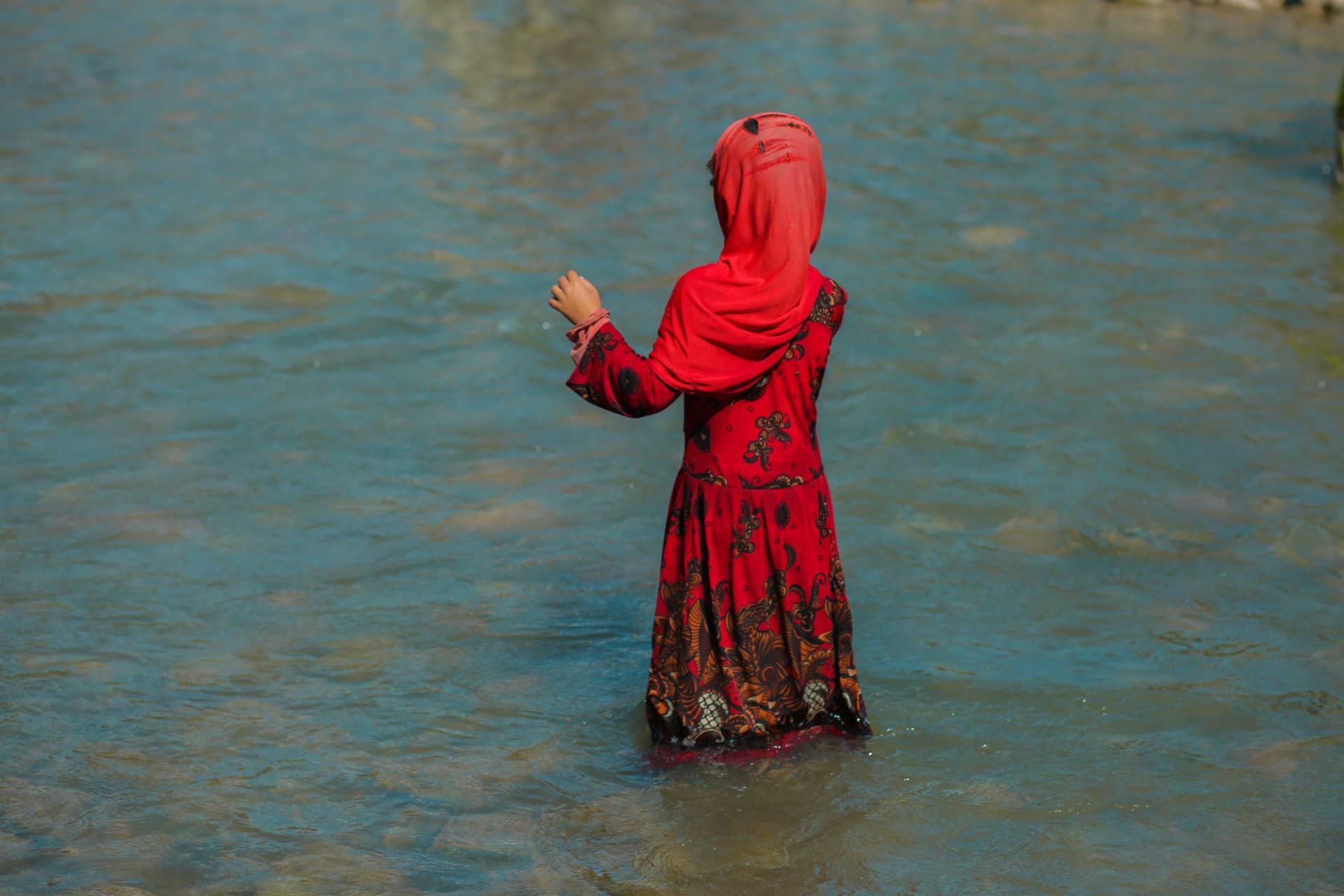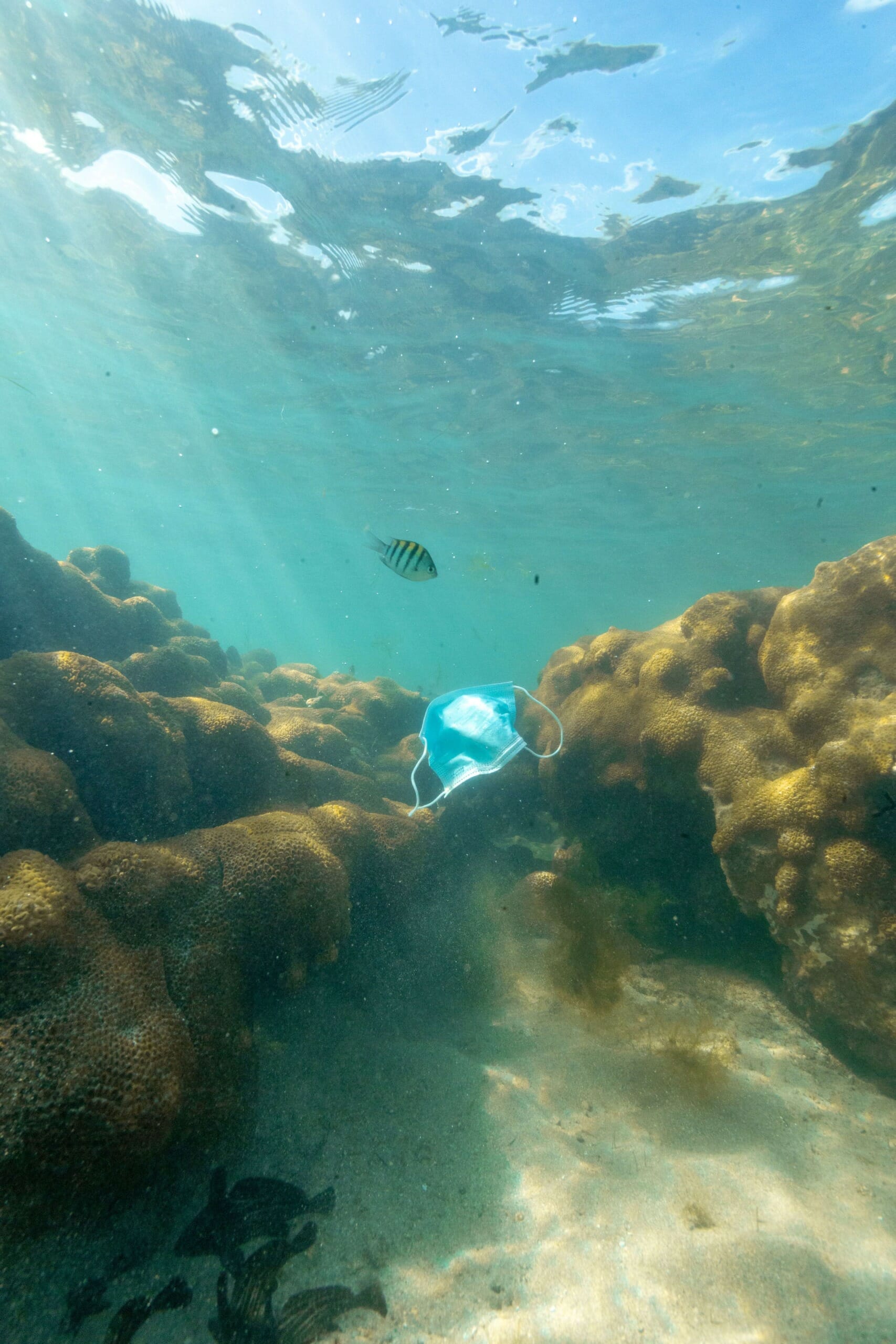We know that 80% of people displaced by climate change are women. We also know that countries with higher representation of women in congress or parliament are more likely to have inclusive environmental policies. So, where are the women at COP26?
Earlier this week, on November 9, it was ‘Gender Day’ at COP26. A day – in reality half a day – dedicated to highlighting the impact of climate change on women and girls. Whilst this is an important day, I could not stop to think why every day, every policy, or every sustainable development did not incorporate the aspect of gender naturally, even automatically.
Mary Robinson, the former UN Chief and Ireland’s first female president, said before and about COP21, “this is a very male world. When it is a male world, you have male priorities.”
Observing COP26, it is clear that nothing has changed. We know 80% of people displaced by climate change are women, and thus are adversely affected by extreme weather events in comparison to their male counterparts. Yet, we could play a game of ‘where’s the woman?’ when looking through photos of this year’s UN Climate Conference…
Given the low representation of women in political positions – only 22% of seats in single or lower houses of national parliaments are women – it is not surprising that climate delegations are gender imbalanced.
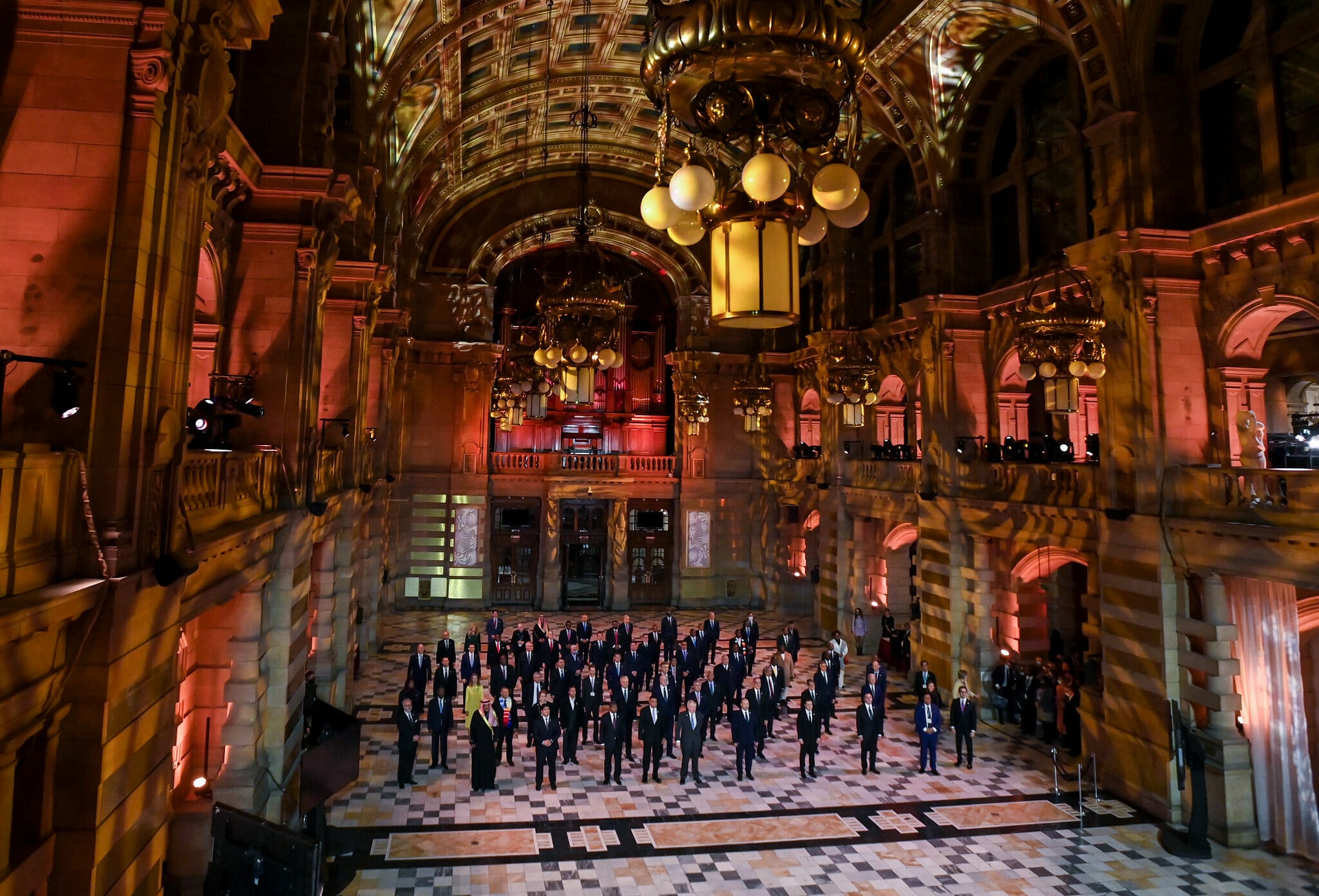
I spoke with Bianca Pitt, a co-founder of SHEChangesClimate, campaigning for 50/50 gender parity at COP26. When asked about the UN Climate Summit, she said, “We need to remember that when we started 26 years ago, arguably, we were still in a climate crisis. Today, after the 26th reiteration of it, we are actually now finding ourselves in a climate emergency. And, even more surprisingly, given we are in a climate emergency, emissions are still rising.”
When the UK COP26 leadership team was announced last November 2020, Bianca Pitt and the SHE team “took a hard look at the leadership team and the composition of it” in order to “understand what was actually causing this lack of progress.” When they found out there was not a single woman included, they knew this could be one of the causes.
Over 400 female climate leaders signed the open letter they wrote to the British Government, calling for greater accountability and transparency on gender equality at COP26. The letter suggests there is evidence that including women in COP26 decisions and negotiating roles would increase the chances of success and ensure a fair decision-making process.
In 2021, the UK prides itself in that 45% of the team were women, yet when delving deeper into their responsibility, their roles related to event organising or serving as advisors to the main decision-makers. Only 2 out of 12 within the UK Leadership team were women – in other words, almost all the most senior decision-making and public-facing roles are taken by men.
“The women are the deputies; the men are the leaders and the directors” – Bianca Pitt
As part of the Women of the Environments Network, Bianca has curated a network of about 80 climate women experts and leaders. Through this experience she concludes that:
“Women speak with a completely unique passion for the environment…they think about it in an emotional manner, they express their feelings about it, both of frustration and anger over the lack of progress and the ongoing destruction of our ecosystems…women really think about long term issues, and they think about this [the climate emergency] in the long term.”
Climate change adversely affects women
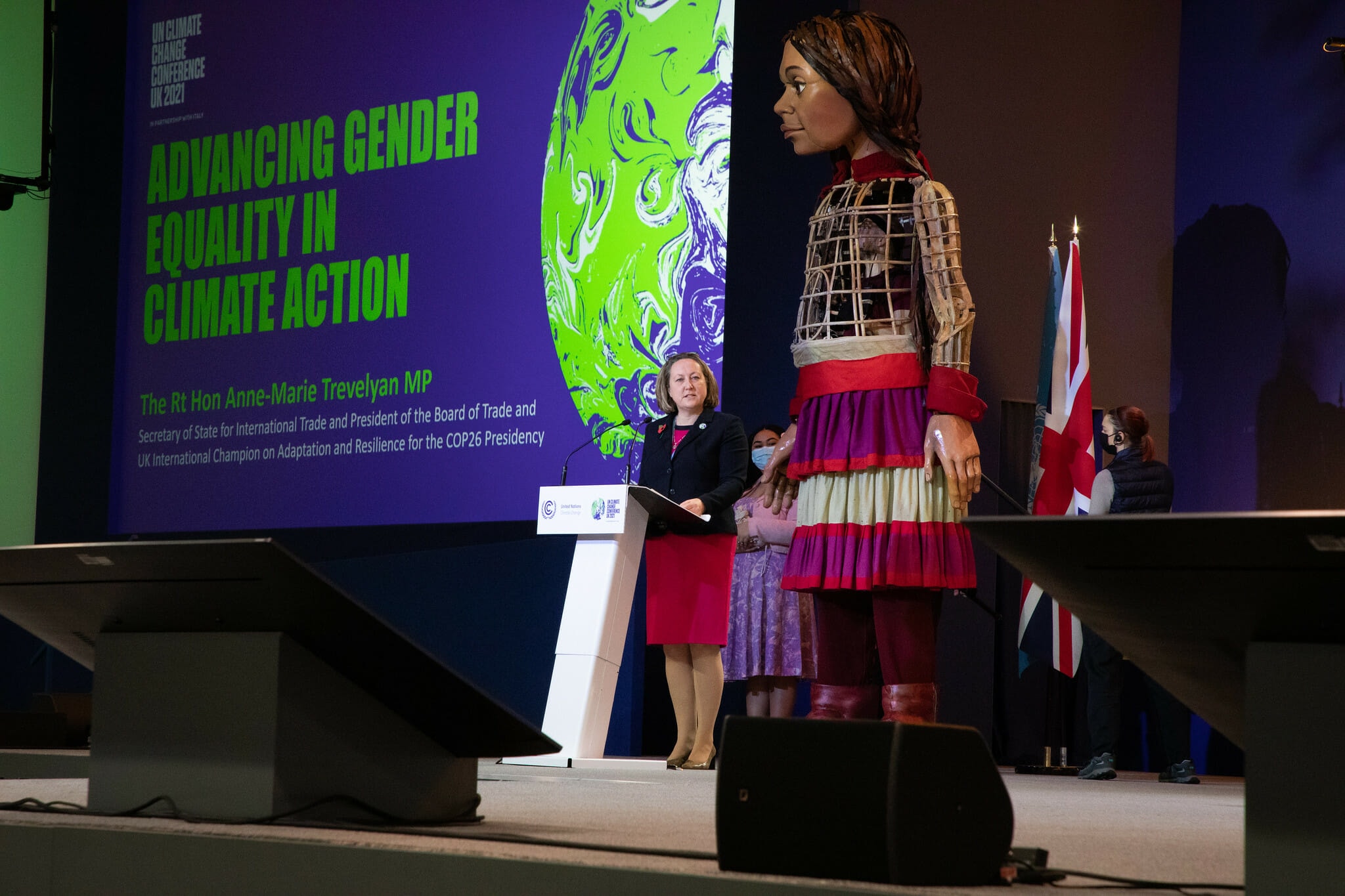
“If it doesn’t contain a single woman, who is going to represent us. Not just women in the global north, but more importantly, women in the global south…those that are at the receiving end of this climate crisis” – Bianca Pitt
Studies have shown that climate change impacts men and women differently, largely due to their gender-differentiated relative powers, roles, and responsibilities at the household and community levels. For example, since women are responsible, in many countries, for gathering water, when droughts hit rural areas, they have to walk longer hours to provide for their families, leaving them little time to study or work.
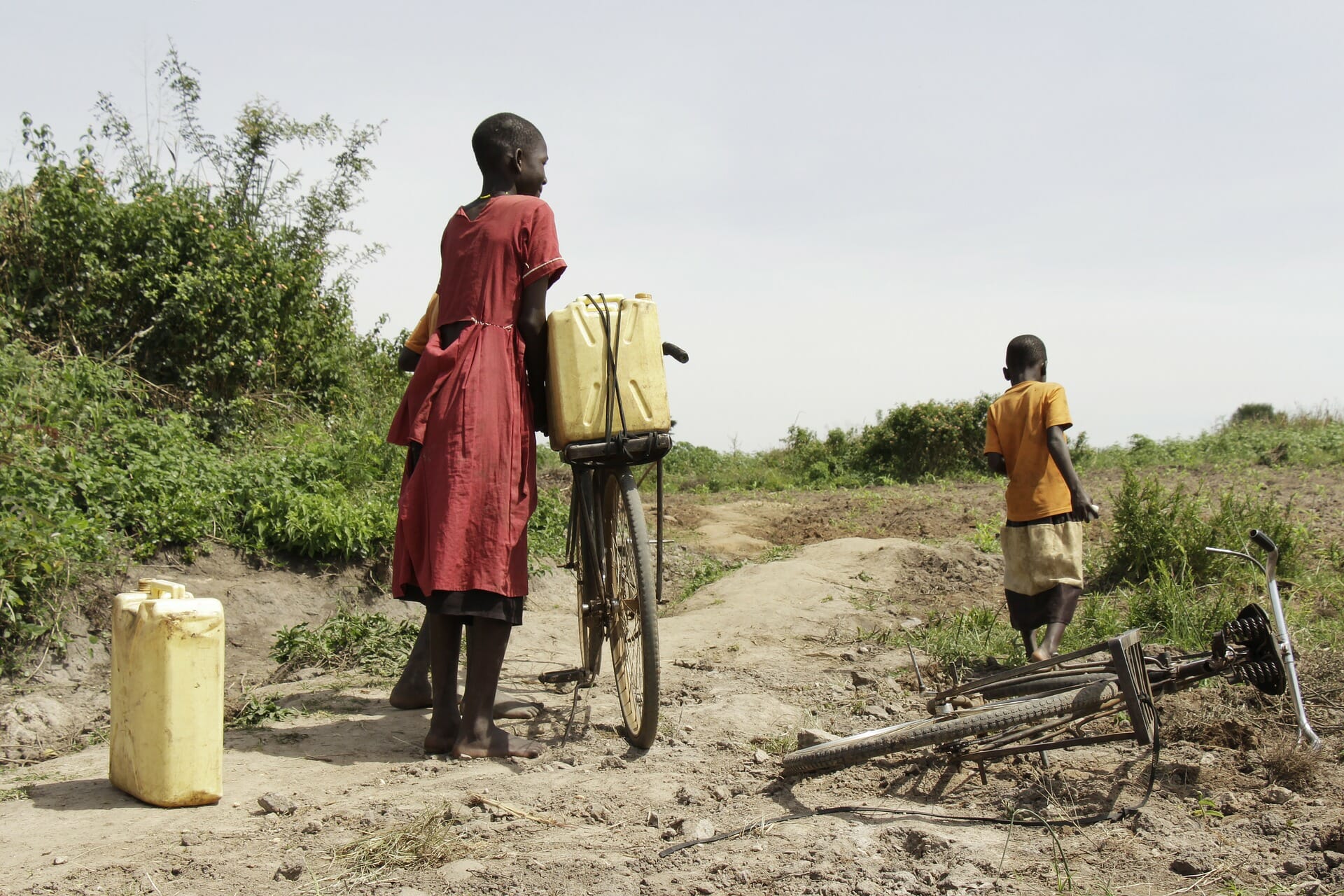
The UNDP’s 2019 Report also finds that climate change exacerbates violence against women. When experts spent time in Uganda’s wetland communities, they found that as women and girls were forced to make long journeys during seasons of droughts, it exposed them to vendors, farmers, and landowners who would sexually assault them.
As poor harvest, livestock loss, low incomes, and food insecurity puts pressure on men as providers, and to cope with failures, men often used alcohol and became more violent at home.
Related Articles: COP26: Can Rhetoric be Transformed into Action? | 5 Lessons for Securing Women’s Collective Land Rights | Leaving No Woman Behind: Delivering on the Global Goals for Marginalised Women Survivors of War
In terms of education, the facts are shocking. Although education prevents child marriage, early pregnancy, female genital mutilation, and contributes to stable communities and economies, as a climate crisis hit, girls’ education is the first thing families drop.
The Malala Fund estimated that in 2021, climate-related events will prevent at least four million girls in low- and lower-middle income countries from completing their education. If the trend continues, by 2025, climate change will be a contributing factor as to why at least 12.5 million girls won’t complete their education.
Day 🔟 #COP26.
Young people are stepping up as leaders in the fight for climate and gender justice. Let’s step up with them. ✊🏾✊🏻🌱✊🏾✊🏿#Educate4Equality pic.twitter.com/2Onguzdu5X
— UN Girls' Education Initiative (@UNGEI) November 11, 2021
More than 70% of people who died in the 2004 Asian Tsunami were women – why? because they had not been taught how to swim. It is this lack of asset, the lack of resources, the lack of land rights, fuelling women’s vulnerabilities when climate disasters hit.
Unless solutions to the climate crisis incorporate the role of women, they will continue to be at the most vulnerable segment of society when disasters hit. We know that climate change is the greatest threat to sustainable development. If we individually solve gender inequality, if climate change worsens, all efforts could be reversed. Today, these two issues are growing more intertwined, and mitigation must, thus, be inclusive
Why including women is the solution
Beside the point that gender equality is a fundamental human right, studies demonstrate that countries with higher representation of women in congress or parliament have more inclusive economic and environmental policies.
“Women often show more concern for the environment, support pro-environmental policies, and vote for pro-environmental leaders, their greater involvement in politics and in non-governmental organisation could result in environmental gains, with multiplier effects across all the Millennium Development Goals” – Human Development Report, UNDP
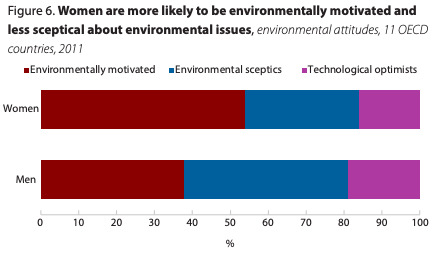
Their increased participation in climate efforts is crucial. It could enhance effectiveness and the sustainability of climate change projects and programmes, whilst simultaneously using an intersectional approach to help address existing inequities, calling for the equality and empowerment of women.
Most of the solutions to the climate crisis would also benefit women in particular and, as a direct consequence, the rest of humanity. Women are the most exposed to indoor air pollution for example, thus, replacing cooking fires with solar stoves would reduce this threat.
Studies also show that climate change disrupts the access of contraception for young girls. Yet, if they could exercise their reproductive choice, population growth would slow enough to bring greenhouse gas emissions below current levels.
Meeting unmet need for family planning by 2050 would lower the world’s carbon emissions an estimated 17% below what they are today.
With less than 25% of influential positions at COP26 being women, there is no surprise that this sort of research is not mentioned, nor would ever be included, or discussed in the final negotiations despite being the most inclusive solution-building.
As Bianca rightly puts it, “it’s the lack of women, the lack of inclusion, it is this exclusion that is leading to this climate crisis in the first place…It [is] a leadership crisis and a social problem, not anything else”
The 2015 Paris Agreement called for gender equality and women’s empowerment, and its provisions on adaptation and capacity-building efforts urge member states to adopt gender-responsive approaches. Thus, meeting all of this agreement requires the inclusion of women and every COP meeting should do so if comprehensive, fair and actionable results are to be achieved.
Editor’s Note: The opinions expressed here by Impakter.com columnists are their own, not those of Impakter.com. — In the Featured Photo: World leaders pose during the family photo session for COP26 at the Kelvingrove Art Gallery, Glasgow. Featured Photo Credit: COP26.


